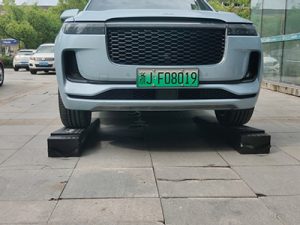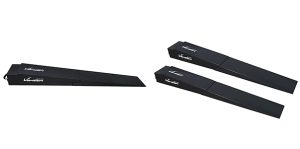Unlike standard ramps, heavy duty ramps are specifically engineered to handle the weight and stress of large equipment. They are designed with reinforced materials, anti-slip surfaces, and high load capacities to provide stability during heavy use. This makes them indispensable for contractors, landscapers, and equipment operators who regularly transport machinery.
Key Benefits of Heavy Duty Ramps
1. High Load Capacity
Heavy duty ramps are built to support thousands of pounds of weight, making them suitable for construction machinery and landscaping tools.
2. Safety and Stability
Features such as anti-slip surfaces, raised side rails, and reinforced beams reduce the risk of accidents when loading heavy equipment.
3. Durability in Tough Conditions
Constructed from strong aluminum or steel, these ramps are resistant to corrosion, bending, and wear, ensuring long-term use even in harsh jobsite environments.
4. Portability and Convenience
Many heavy duty ramps are lightweight yet strong, with foldable or modular designs that make them easy to transport and store.
5. Versatile Applications
They can be used with a wide variety of equipment, including:
Skid steers and compact loaders
Mini excavators
Lawn mowers and garden tractors
Construction vehicles and utility trailers
Choosing the Right Heavy Duty Ramp
When selecting ramps for construction and landscaping equipment, consider:
Load capacity – Ensure the ramp can handle the combined weight of the machine and operator.
Ramp length and incline – Longer ramps provide a gentler slope for safer loading.
Material – Aluminum for lightweight portability, steel for maximum durability.
Surface design – Look for perforated or serrated surfaces for added traction.
Heavy duty ramps for construction and landscaping equipment are essential for safe, efficient, and professional operations. With their strength, stability, and versatility, they make the process of moving heavy machinery smoother and more secure. Investing in the right ramp ensures not only the protection of your equipment but also the safety of your crew and the success of your projects.



